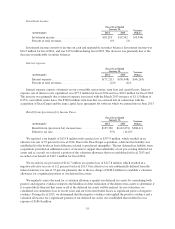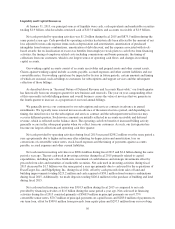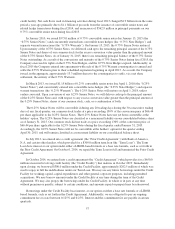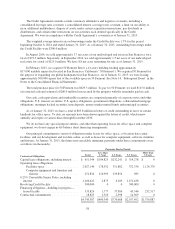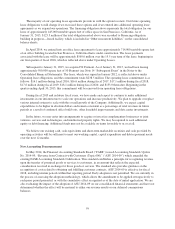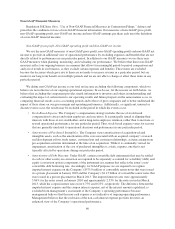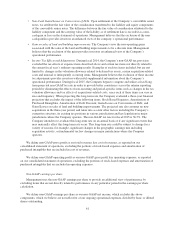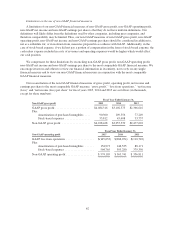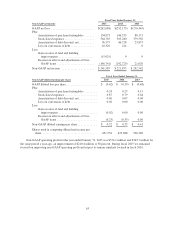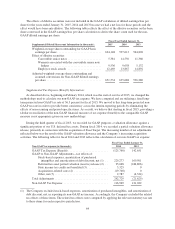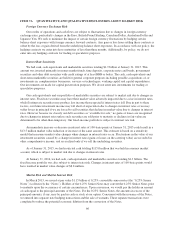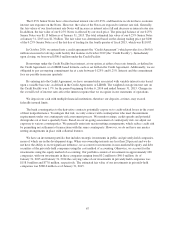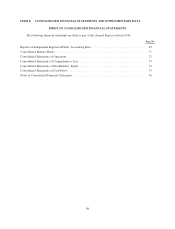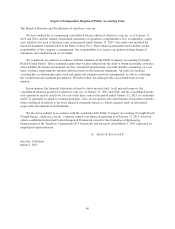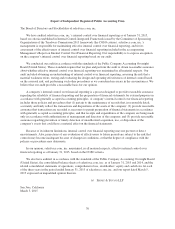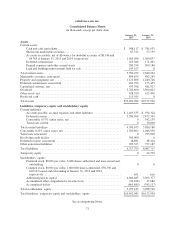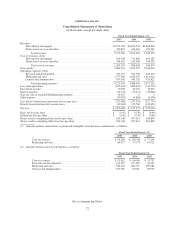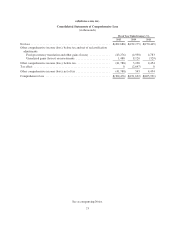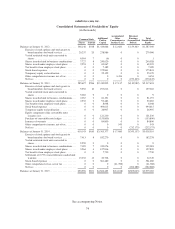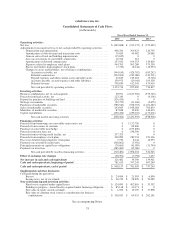Salesforce.com 2015 Annual Report Download - page 71
Download and view the complete annual report
Please find page 71 of the 2015 Salesforce.com annual report below. You can navigate through the pages in the report by either clicking on the pages listed below, or by using the keyword search tool below to find specific information within the annual report.(2) During fiscal 2013, the Company evaluated both positive and negative evidence related to the likelihood of
the realization of the deferred tax assets and determined that the negative evidence outweighed the positive
evidence due to the cumulative GAAP loss in recent years and forecasted future GAAP losses. As a result, a
valuation allowance was established against a significant portion of the deferred tax assets in Q3 fiscal
2013. However, a valuation allowance would not be necessary on a non-GAAP basis given the Company’s
non-GAAP operating income. As a result, the Company excluded its GAAP valuation allowance recorded
during the period when computing its non-GAAP tax expense.
(3) During fiscal 2014, California mandated a change to the way it apportioned income to the state, which
significantly reduced the Company’s California income tax expense. Accordingly, for computing non-
GAAP tax expense, the Company did not recognize tax benefits related to certain California research and
development tax credits as the Company believed these credits may not be realized given the lowered
California income tax expense.
(4) During fiscal 2014, the Company excluded certain tax effects related to acquisitions in computing its non-
GAAP tax expense. The majority of this adjustment was attributable to non-cash tax costs associated with
the transfer of purchased intangibles. This non-cash tax item was excluded because the decisions which
gave rise to these non-cash tax costs were neither made to increase revenue nor directly related to
performance in any particular period, but were made for the Company’s long term benefit over multiple
periods. The remainder of this adjustment included the tax effects of legal and accounting fees incurred to
facilitate transactions, which amount was not material. The related tax effects were computed by applying
the relevant statutory tax rate to these items for each respective jurisdiction.
(5) Other, net included multiple items that were immaterial either on an individual basis or an aggregate basis.
65


